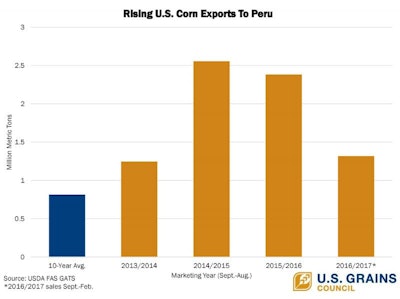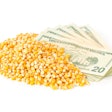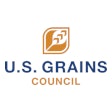
“The U.S.-Peru Trade Promotion Agreement has served to generate a continuing, symbiotic trade relationship between the United States and Peru that shows no signs of diminishing.”
That bold statement - published in an April 10, 2017 Global Agricultural Information Network (GAIN) report produced by the U.S. Department of Agriculture’s (USDA's) Foreign Agricultural Service (FAS) - rings true for U.S. feed grain and value-added exports to this growing South American market.
“The Peru trade agreement has been the major driver in growing U.S. corn imports,” said Ana Maria Ballesteros, USGC co-products specialist in Latin America. “The agreement also provides an opportunity for other U.S. agricultural products such as distiller’s dried grains with solubles (DDGS) and sorghum.”
Peruvian imports of U.S. corn in the first six months of the 2016/2017 marketing year (Sep. 2016-Feb. 2017) exceeded the five-year average for total sales, driven by attractive prices, duty-free quotas under the U.S.-Peru Trade Promotion Agreement (PTPA) and market development efforts by the U.S. Grains Council (USGC) and FAS Office of Agricultural Affairs in Lima, Peru.
Peruvian corn imports for the first half of the 2016/2017 marketing year (Sept. 2016-Feb.2017) totaled 1.32 million metric tons (51.97 million bushels), a 36 percent increase over 2015/2016 imports during the same time period the prior year (971,000 metric tons or 38.2 million bushels). These six months of sales outpace the five-year marketing year average total of 1.24 million metric tons (48.8 million bushels).
Peruvian buyers also purchased more ethanol, poultry, beef and pork products measured in corn equivalent and corn gluten feed than during the same time period the year prior.
To continue building opportunities for U.S. feed grains and value-added products with Peru’s growing poultry and dairy industries, the Council is working to develop confidence in U.S. corn, offer training and information to end-users, introduce other agricultural products to the market, and promote and support feeding trials.
These activities, in combination with favorable trade policies that provide market access and attractive prices, will help secure a long-term U.S. market share in Peru.
“More than an attractive price is required to keep this market,” Ballesteros said. “Ensuring Peru is committed long-term to buying from the United States is critical work for the Council.”
More about the Peru market for U.S. grains is here.

















